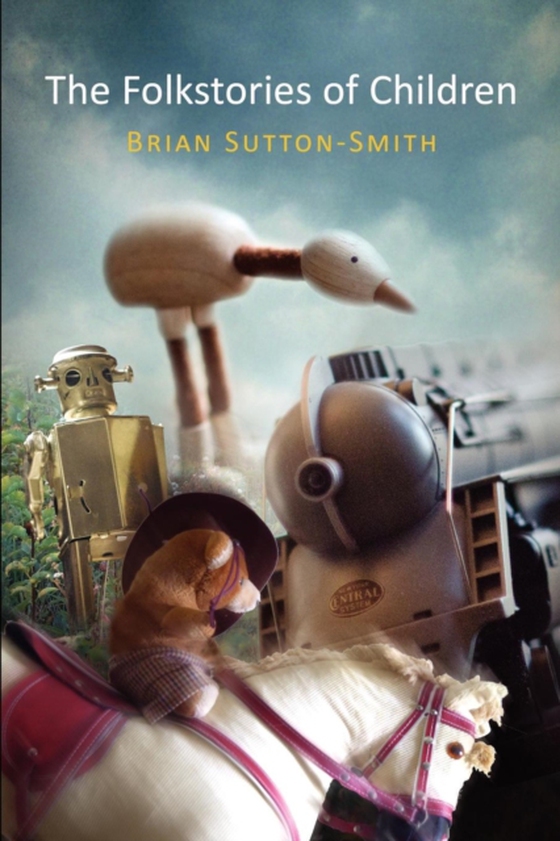
Folkstories of Children e-bog
329,95 DKK
(inkl. moms 412,44 DKK)
What prompts children to tell stories? What does the word "e;story"e; mean to a child at two or five years of age? The Folkstories of Children, first published in 1981, features nearly five hundred stories that were volunteered by fifty children between the ages of two and ten and transcribed word for word. The stories are organized chronologically by the age of the teller, revealing th...
E-bog
329,95 DKK
Udgivet
8 oktober 2012
Længde
328 sider
Genrer
Folklore studies / Study of myth (mythology)
Sprog
English
Format
pdf
Beskyttelse
LCP
ISBN
9780812207392
What prompts children to tell stories? What does the word "e;story"e; mean to a child at two or five years of age? The Folkstories of Children, first published in 1981, features nearly five hundred stories that were volunteered by fifty children between the ages of two and ten and transcribed word for word. The stories are organized chronologically by the age of the teller, revealing the progression of verbal competence and the gradual emergence of staging and plot organization. Many stories told by two-year-olds, for example, have only beginnings with no middle or end; the "e;narrative"e; is held together by rhyme or alliteration. After the age of three or four, the same children tell stories that feature a central character and a narrative arc. The stories also exhibit each child's growing awareness and management of his or her environment and life concerns. Some children see their stories as dialogues between teller and audience, others as monologues expressing concerns about fate and the forces of good and evil.Brian Sutton-Smith discusses the possible origins of the stories themselves: folktales, parent and teacher reading, media, required writing of stories in school, dreams, and play. The notes to each chapter draw on this context as well as folktale analysis and child development theory to consider why and how the stories take their particular forms. The Folkstories of Children provides valuable evidence and insight into the ways children actively and inventively engage language as they grow.
 Dansk
Dansk

